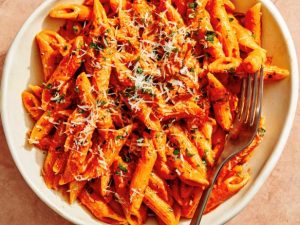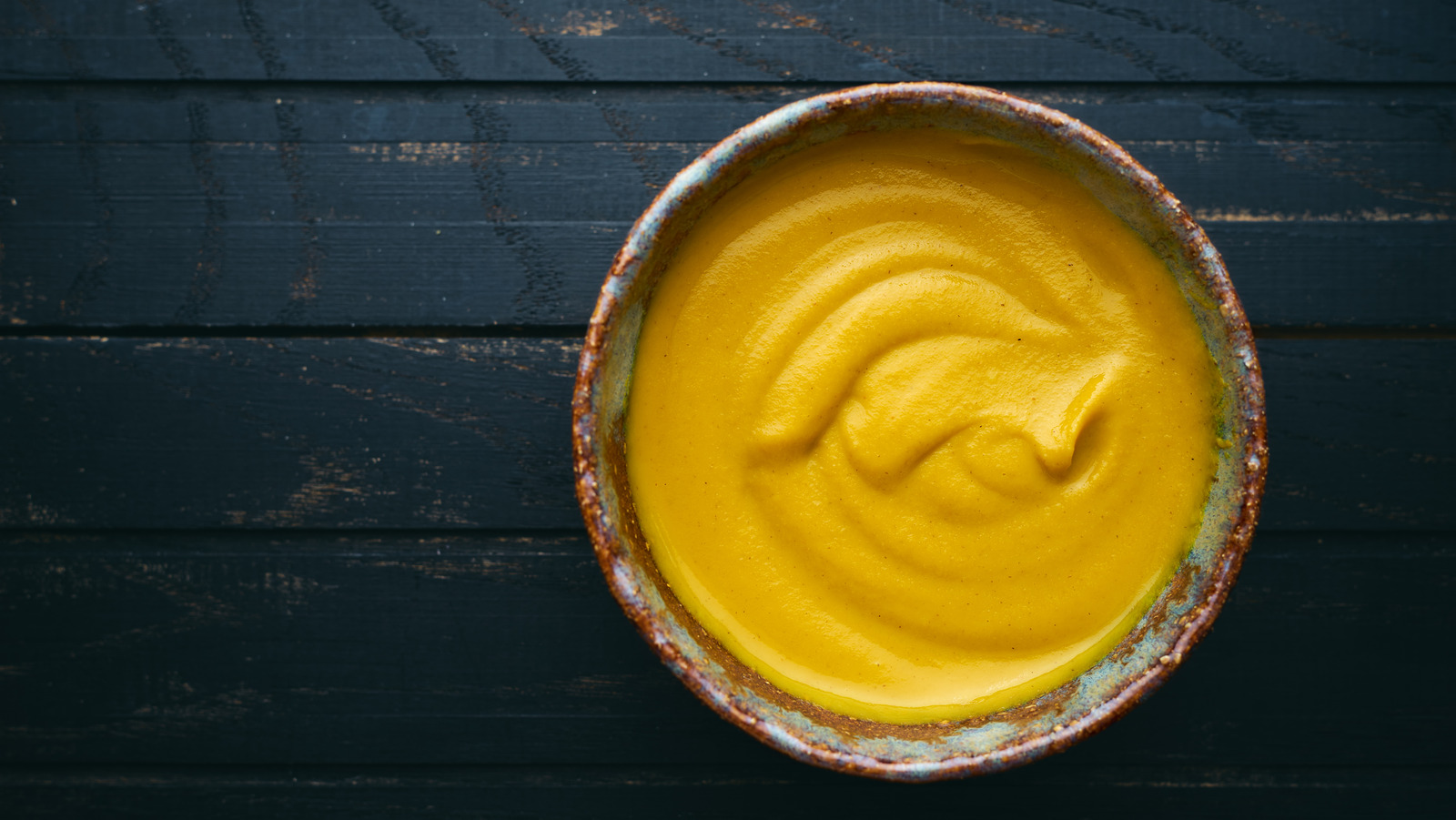In the vast realm of condiments, few rivalries ignite as much passion as the Mustard Wars Dijon vs Yellow. Each boasting distinct flavors and histories, Dijon and Yellow mustard have graced countless dishes worldwide. Let’s delve into this epic clash of flavors, exploring the origins, taste profiles, and versatile uses of these beloved condiments.
Origins of Mustard
Mustard has a rich history dating back to ancient civilizations, where it was prized for its pungent taste and medicinal properties. The earliest known use of mustard guide dates back to ancient Egypt, where seeds were crushed and mixed with wine to create a paste. Over time, mustard gained popularity across Europe, with variations emerging in different regions.
Ancient Beginnings
Mustard seeds were revered by ancient civilizations for their culinary and medicinal benefits. Egyptians, Greeks, and Romans utilized mustard seeds in various forms, from cooking to healing remedies.

Medieval Europe
Mustard gained prominence during the Middle Ages, with monasteries in France and England cultivating mustard plants and producing condiments. By the 14th century, mustard had become a staple in European cuisine.
Modern Production
Today, mustard production has evolved into a global industry, with diverse varieties catering to different tastes and preferences. From traditional stone-ground methods to modern mechanized processes, mustard continues to captivate taste buds worldwide.
Dijon Mustard
Renowned for its sharp and sophisticated flavor, Dijon mustard hails from the picturesque city of Dijon in Burgundy, France. Crafted from brown or black mustard seeds, white wine, vinegar, and seasonings, Dijon mustard boasts a smooth texture and bold taste.
Flavor Profile
Dijon mustard offers a complex flavor profile, combining tangy acidity with subtle spiciness. Its smooth consistency makes it ideal for spreading on sandwiches, whisking into dressings, or incorporating into sauces.
Culinary Uses
Dijon mustard is a versatile ingredient in both French and international cuisines. From classic vinaigrettes to savory marinades, Dijon mustard adds depth and character to a wide array of dishes, elevating flavors with its distinctive taste.
Yellow Mustard: America’s Classic
In the United States, Yellow mustard reigns supreme as a beloved condiment cherished for its bright color and mild taste. Originating from the yellow mustard seed, this iconic condiment is a staple at picnics, barbecues, and ballpark concessions.
Taste Profile
Yellow mustard offers a mild and slightly tangy flavor, making it palatable to a wide audience, including children and those with sensitive taste buds. Its vibrant yellow hue adds visual appeal to dishes, enhancing both appearance and taste.
Popular Pairings
Yellow mustard is a quintessential accompaniment to classic American fare, such as hot dogs, hamburgers, and sandwiches. Its tangy sweetness complements grilled meats and adds zing to sandwiches and wraps, making it a pantry essential for home cooks and professional chefs alike.
Mustard Wars Dijon vs Yellow: Which Reigns Supreme?
The Mustard Wars Dijon vs Yellow ignite spirited debates among food enthusiasts worldwide. While Dijon mustard captivates with its bold flavor and culinary sophistication, Yellow mustard wins hearts with its classic appeal and versatility.

What makes Dijon mustard different from Yellow mustard?
\Dijon mustard is crafted from brown or black mustard seeds and white wine, imparting a sharper and more complex flavor compared to Yellow mustard, which is made from yellow mustard seeds and offers a milder taste.
Can I substitute Dijon mustard for Yellow mustard in recipes?
Yes, Dijon mustard can be used as a substitute for Yellow mustard in most recipes, although it may alter the flavor profile slightly due to its sharper taste. Adjust quantities according to personal preference.
Is Yellow mustard healthier than Dijon mustard?
Both Dijon and Yellow mustard are low in calories and fat, making them healthy condiment choices. However, Dijon mustard may contain fewer additives and preservatives compared to some commercial Yellow mustard brands.
What dishes pair well with Dijon mustard?
Dijon mustard complements a wide range of dishes, including roasted meats, grilled vegetables, salad dressings, and marinades. Its bold flavor enhances savory dishes and adds depth to sauces and glazes.
Are there any regional variations of Dijon mustard?
While traditional Dijon mustard originates from the Burgundy region of France, variations may exist depending on production methods and ingredient preferences. Some artisanal producers offer unique interpretations of Dijon mustard, incorporating local ingredients and flavors.
Can I make homemade mustard?
Yes, homemade mustard is relatively simple to prepare using mustard seeds, vinegar, water, and seasonings. Experiment with different ingredients and flavorings to create custom mustard blends tailored to your taste preferences.
Conclusion:
The Mustard Wars Dijon vs Yellow celebrate the diversity and versatility of these iconic condiments. Whether you prefer the bold sophistication of Dijon mustard or the classic charm of Yellow mustard, there’s no denying the culinary impact of these flavorful companions.




